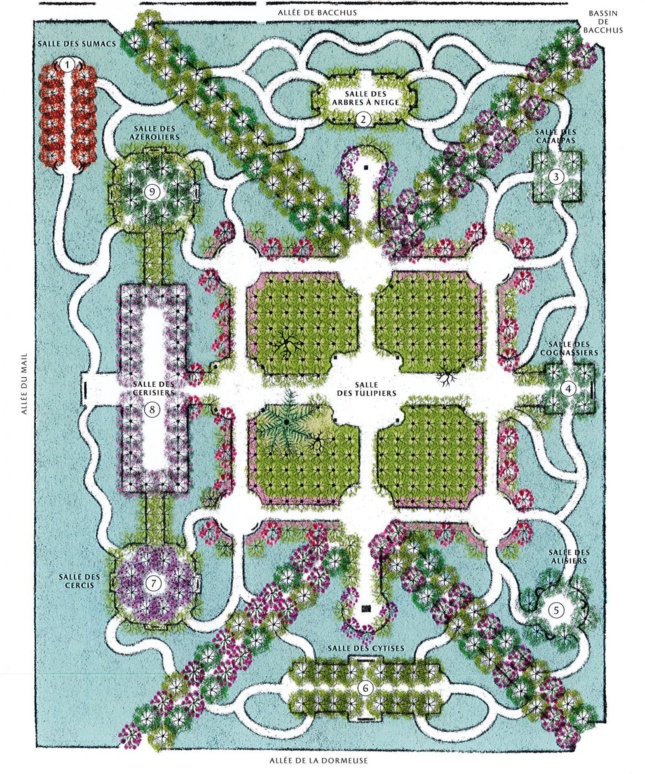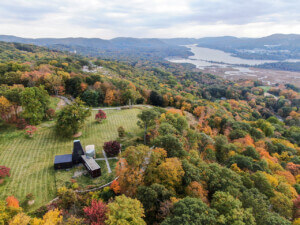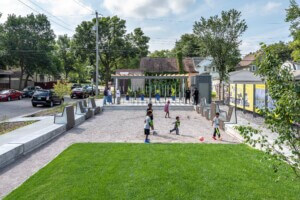Receiving an average of 7,700,000 visitors each year, the home and gardens of the Palace of Versailles, in Versailles, France, has become one of Europe’s most visited tourism destinations since its opening in 1631, but that also means major portions of the well-trodden, 2,000-acre property are in dire need of renovation. Since becoming a UNESCO World Heritage Site in 1979, plans have come and gone to restore the palace grounds to their original condition, but have been stalled each time in light of the difficulty of determining its true “original condition.”
At long last, a restoration of at least one portion of the property has recently begun, and will soon be completed with an estimated price tag of $2 million. Bosquet de la Reine (the Queen’s Grove), a sizable plot of land that was once the private garden and frequent sanctuary of Marie Antoinette, the last Queen of France before the French Revolution, will be restored to the condition it was believed to have in 1776, the year of its completion. During her residence on the property in the mid 18th century, Antoinette hired the French architect Michel-Barthélemy Hazon to redesign the plot west of the orangery in a style unlike the majority of the obsessively manicured grounds, opting instead for a rougher-edged, English-style garden with meanderings paths in which she could independently wander and contemplate. The garden had gradually become overgrown in her absence, and a storm that uprooted over 15,000 trees from the entire property rendered it even wilder than originally intended.

Using archaeological research and original documents, the restoration will revert the garden to its original condition, including reintroducing original plant species as well as reproductions of the sculptures and furniture elements that were once scattered across the site. With the entirely of the Palace of Versailles closed to the public due to the ongoing coronavirus pandemic, the restoration team has already planted period-accurate tulip trees at its center and, according to the property’s website, will be followed by a replanting of the various plant species along the perimeter before being completed in 2022.











